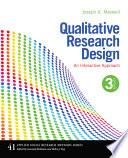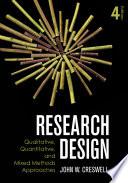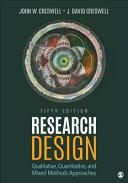
Qualitative Research Design: An Interactive Approach
An Interactive Approach
The Third Edition presents an approach to qualitative research design that both captures what researchers really do and provides step-by-step support and guidance for those embarking for the first time on designing a qualitative study.
- ISBN 13 : 1412981190
- ISBN 10 : 9781412981194
- Judul : Qualitative Research Design: An Interactive Approach
- Sub Judul : An Interactive Approach
- Pengarang : Joseph A. Maxwell,
- Kategori : Social Science
- Penerbit : SAGE
- Bahasa : en
- Tahun : 2013
- Halaman : 233
- Google Book : http://books.google.co.id/books?id=DFZc28cayiUC&dq=intitle:Qualitative+Research+Methodology&hl=&source=gbs_api
-
Ketersediaan :
The Third Edition presents an approach to qualitative research design that both captures what researchers really do and provides step-by-step support and guidance for those embarking for the first time on designing a qualitative study.








